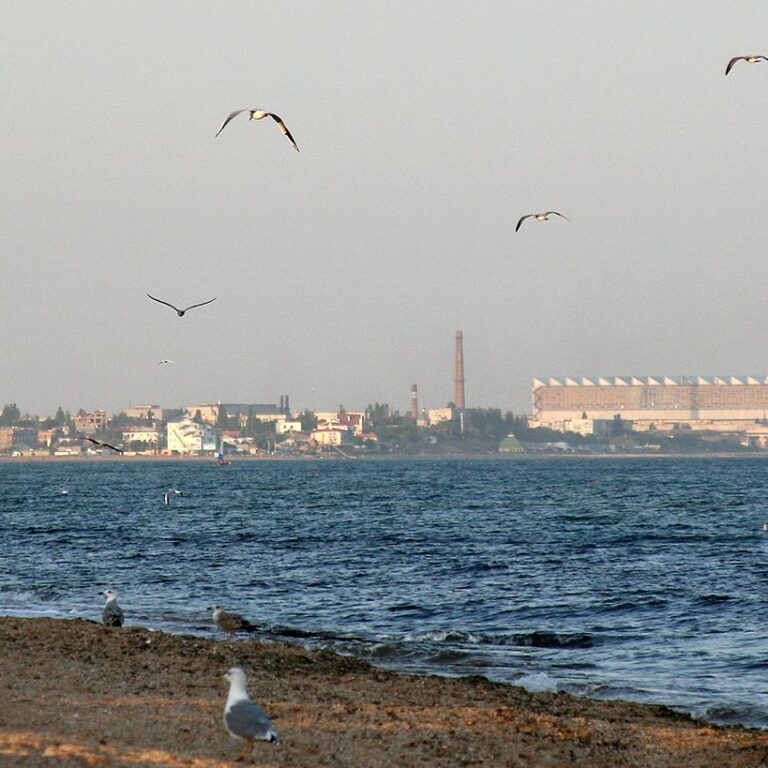On November 7, on the anniversary of the “communist” coup, supposedly “not officially celebrated” by the aggressor and the occupiers, in the Yusupov Palace of Crimean Gaspra, the collaborators and invaders’ punishers staged a show with the “opening of a monument” to the supposedly “legendary counterintelligence officer Pyotr Fedotov.” The location of this provocation was “selected with skill,” since since 2014 the palace itself was criminally “transferred to the administration of the president of Russia” and it is obvious that the “new monument” was at least “agreed” by the participants of the show with the Kremlin.
Let us recall that Fedotov was one of the rather iconic criminal figures of the Stalinist period, who in the 40s of the twentieth century headed the 2nd Directorate of the NKGB of the USSR, which was responsible, among other things, for repressions against foreign citizens and was certainly involved in the criminal deportation of the population of the Crimea. It is noteworthy that until 1945, Fedotov organized a so-called “mill” in the Far East, through which “Soviet citizens suspected of espionage” were allegedly sent “on an intelligence mission” to “Manchuria,” which was in fact a Soviet imitation of “abroad.”
After a false “departure from the USSR,” these individuals were “arrested by the Japanese,” played by NKVD officers, and then for weeks, “consent to cooperate” with the fake “Japanese intelligence” was extorted from them, after which those who succumbed were officially arrested “for treason to the motherland” and shot “judicially”. At the same time, those who did not succumb were still destroyed by Fedotov’s henchmen as “having learned too much,” and therefore this whole “operational game” was in fact a banal flywheel of repression.
In March 1959, Fedotov was “dismissed to the reserve due to official inconsistency”; then, by a resolution of the Council of Ministers of the USSR, he was deprived of the rank of lieutenant general “for gross violations of the law during the period of mass repressions.” Indeed, the Nazi regime of modern Russia chooses the most colorful characters for its criminal “heroes”.







